Plants may seem silent and still, but they’re far from quiet. These green beings have developed fascinating ways to communicate with each other, sharing information about threats, resources, and even their own identities. Let’s explore the hidden world of plant communication that’s happening right under our noses.
Chemical Signals Through Roots
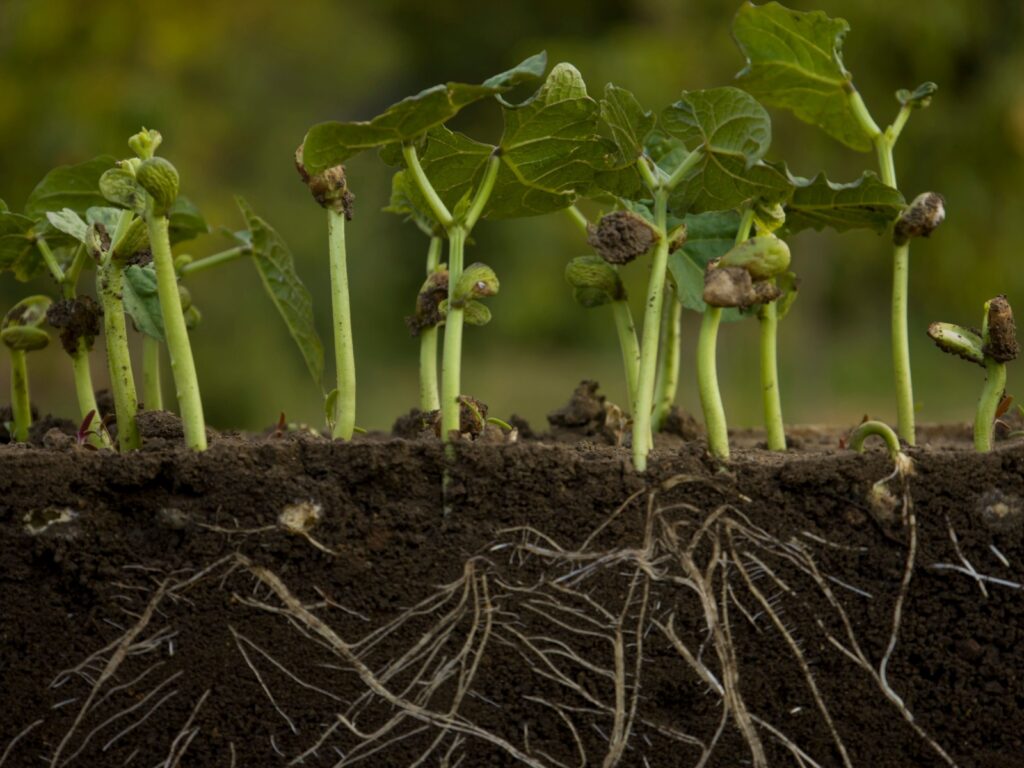
Plants talk to each other underground through their roots. They release chemicals into the soil that can be picked up by neighboring plants. These chemicals can warn about pests or diseases, or even help identify family members. Some plants use these signals to avoid growing too close to their relatives, ensuring better access to nutrients for everyone.
Fungal Network Messaging
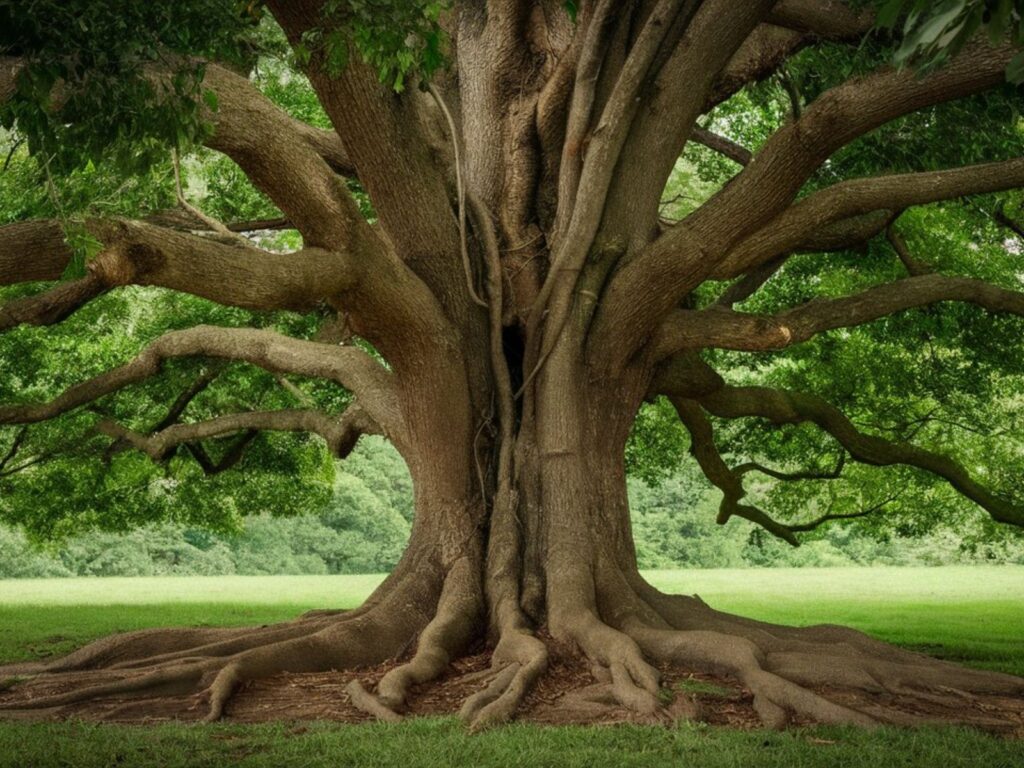
Trees and other plants are connected by vast underground fungal networks, sometimes called the “Wood Wide Web.” These fungi form partnerships with plant roots, helping them absorb nutrients. In return, plants feed the fungi sugars. This network also serves as a communication highway, allowing plants to share information about threats or resources over long distances.
Airborne Warning Signals
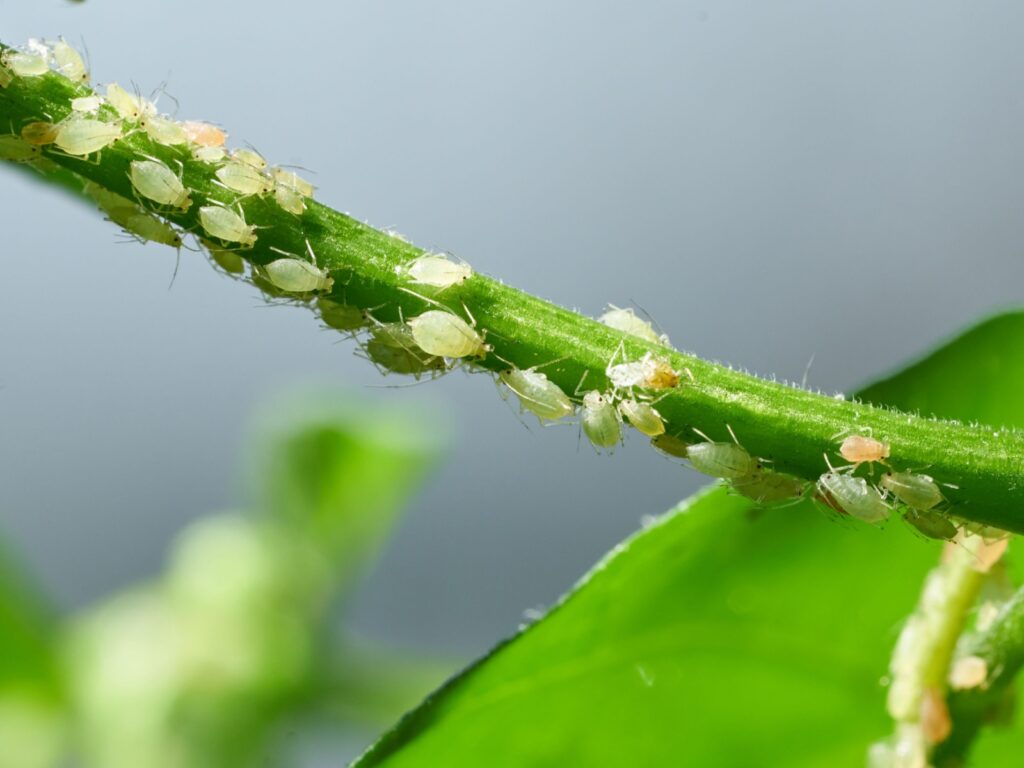
When attacked by insects, many plants release volatile organic compounds (VOCs) into the air. These airborne chemicals warn nearby plants of the danger. Receiving plants can then start producing defensive chemicals before they’re attacked. Some plants even attract predators of the attacking insects, like wasps, using these scent signals.
Electrical Impulses
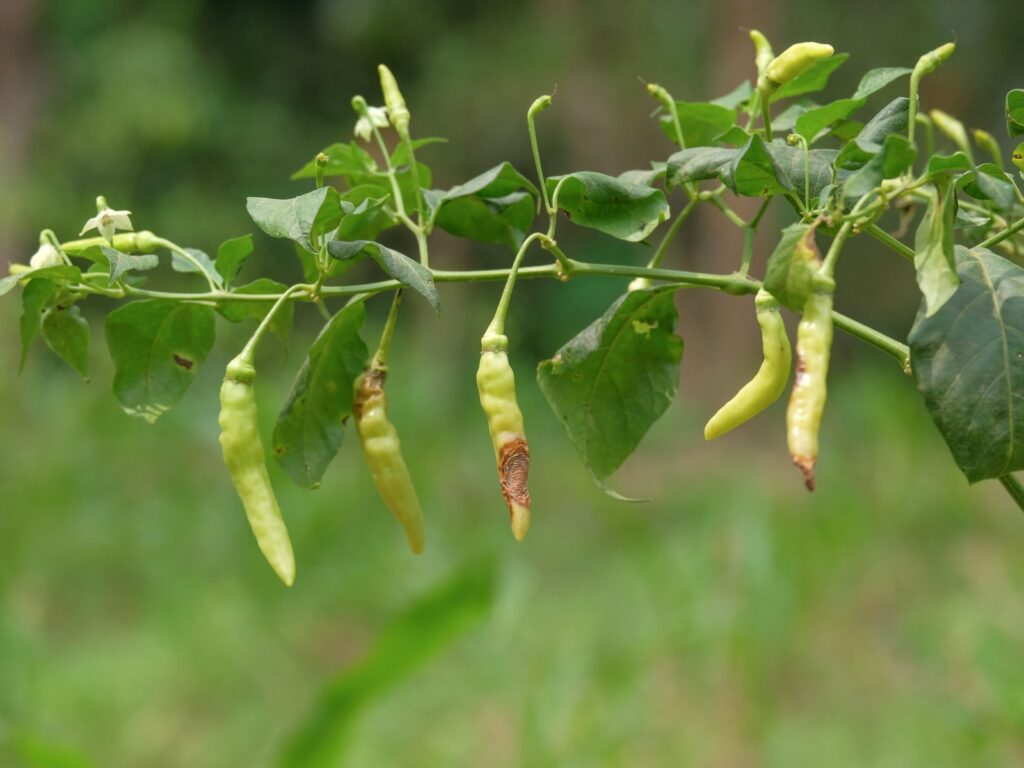
Plants can send electrical signals through their tissues, similar to the way our nervous systems work. When a plant is damaged, it can send an electrical pulse to other parts of itself or even to neighboring plants. This rapid communication helps plants respond quickly to threats like being eaten or damaged by the weather.
Light Signals
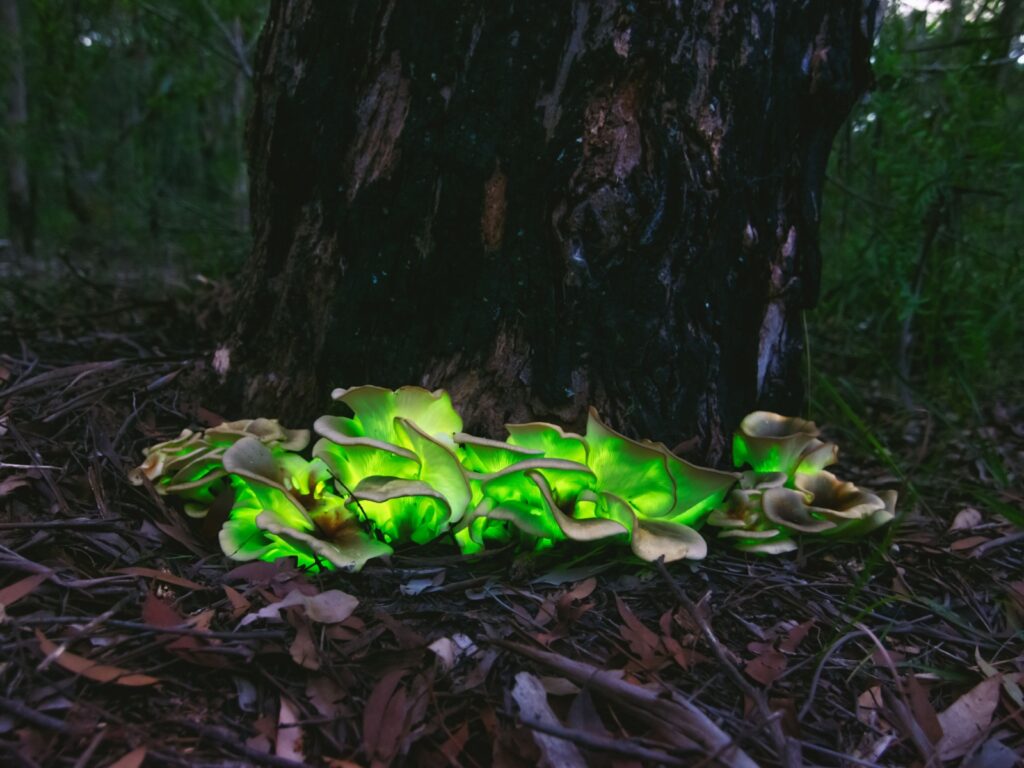
Some plants use light to communicate. They reflect specific wavelengths of light off their leaves, which can be detected by other plants. This might help plants recognize their neighbors or compete for sunlight. Some scientists think plants might even use bioluminescent fungi in the soil to send light signals underground.
Sound Vibrations
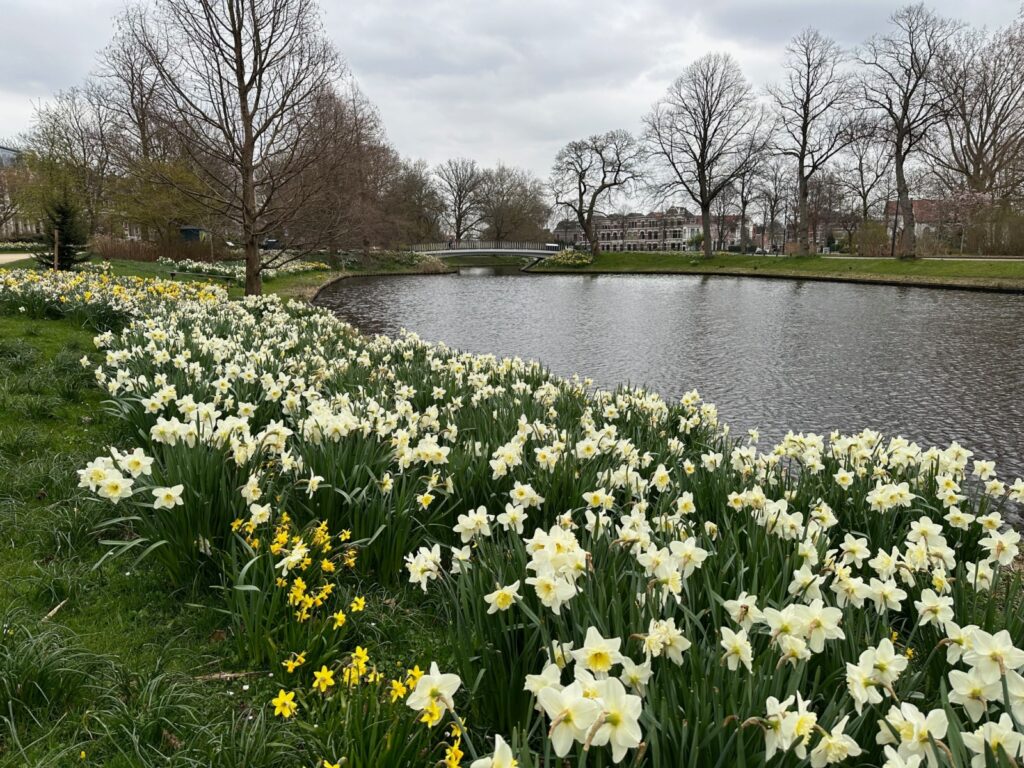
Believe it or not, plants can “hear” and respond to sound vibrations. Some plants have been shown to grow towards the sound of running water. Others might change their growth patterns in response to the vibrations caused by insect chewing. While plants don’t have ears, they can sense these vibrations through their tissues.
Touch Signals

Plants are sensitive to touch and can communicate information through physical contact. When a plant’s leaves are brushed against, it can trigger a response in the whole plant. This “touch” communication helps plants respond to things like wind or animals brushing past. Some plants use this to prepare for potential damage or to compete with neighbors.
Hormone Signals
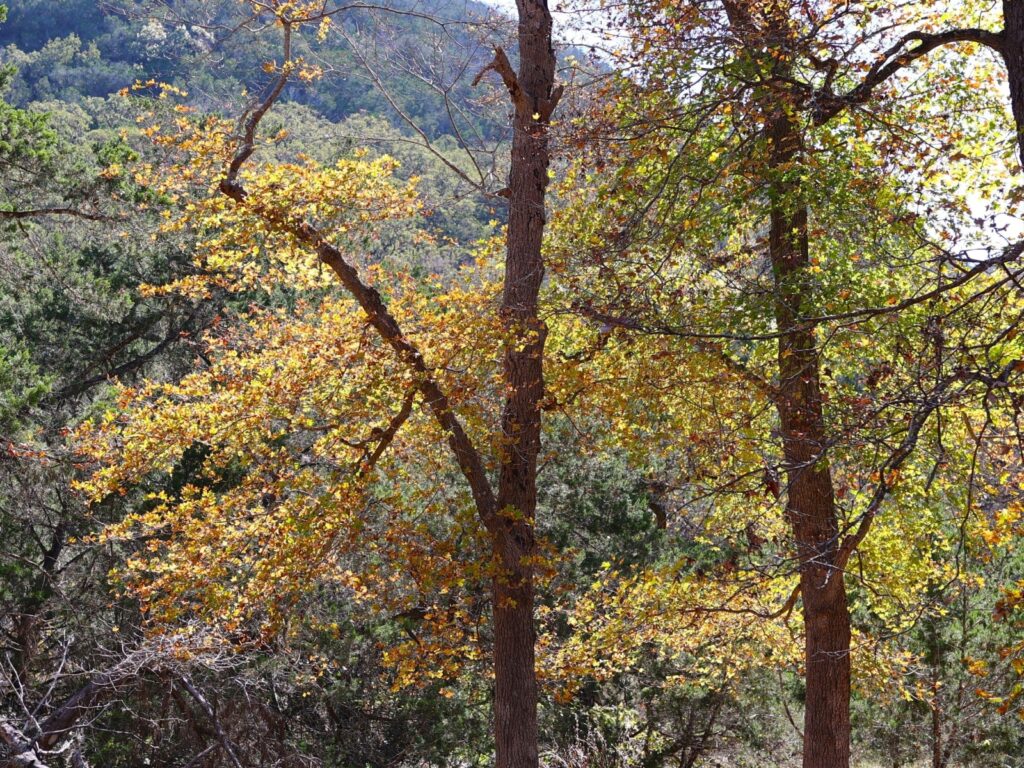
Plants produce hormones that act as chemical messengers within their own bodies. These hormones can also be released into the environment, affecting nearby plants. For example, when a tree is stressed by drought, it might release hormones that signal other trees to conserve water. This helps the whole plant community survive tough times.
Root Exudates
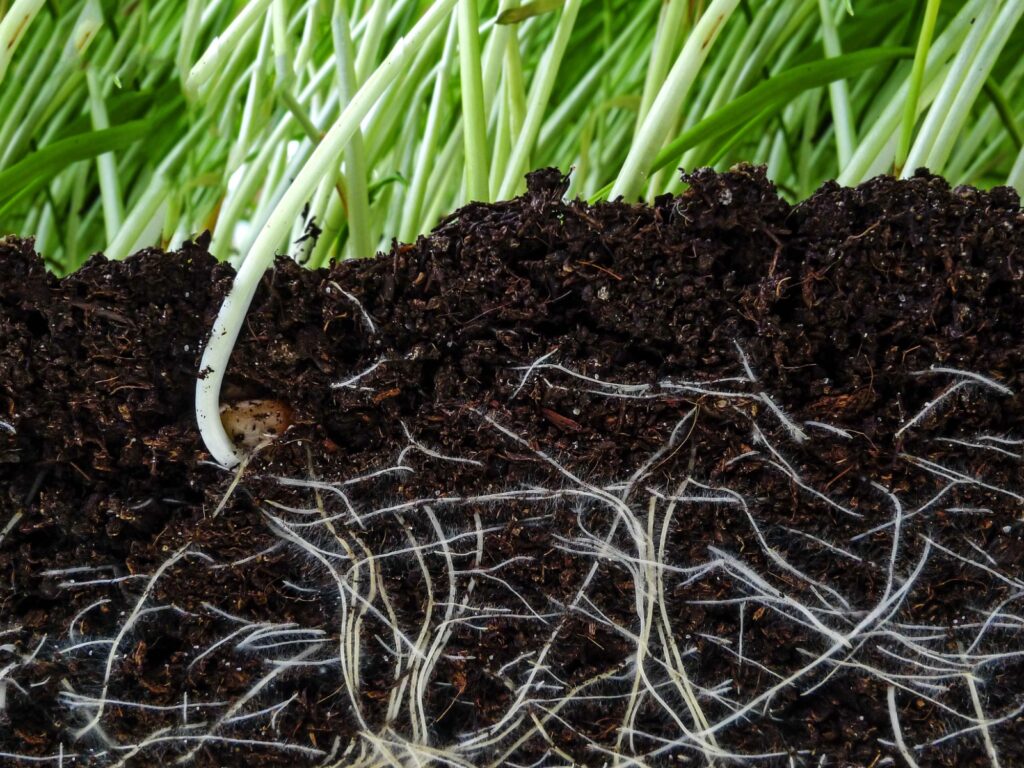
Plant roots release a variety of substances into the soil, called exudates. These can include sugars, amino acids, and other compounds. Neighboring plants can detect these exudates and respond to them. Some plants use this to recognize their relatives or to compete with other species for resources in the soil.
Parasitic Plant Connections
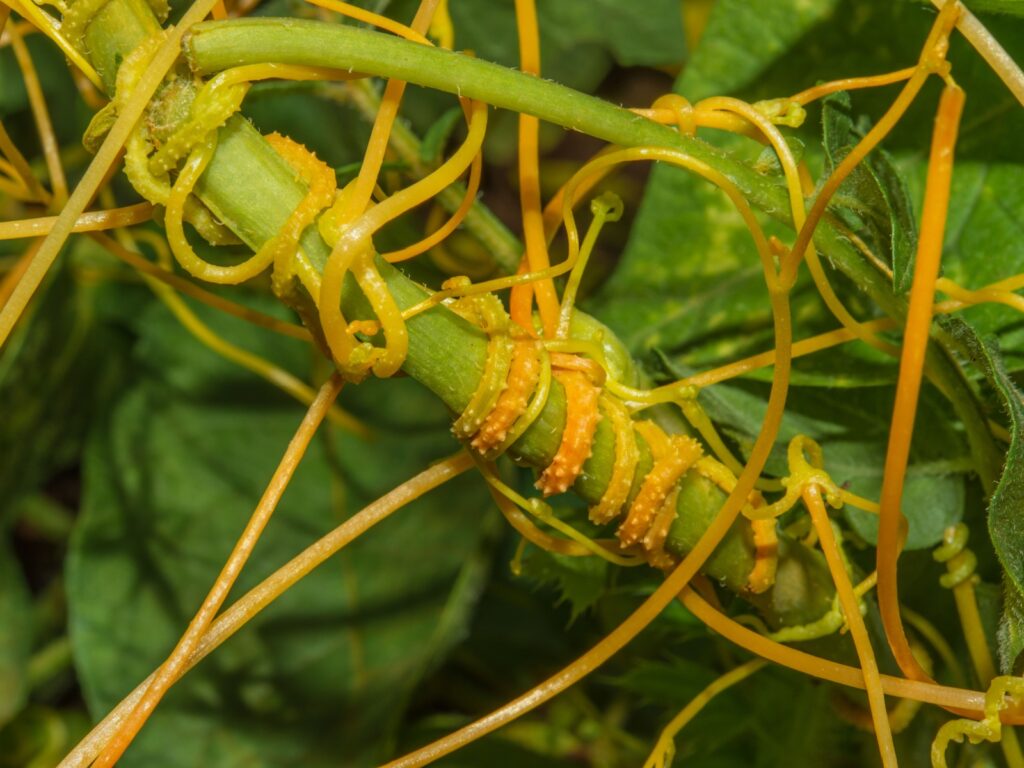
Some parasitic plants, like dodder, form physical connections with their host plants. These connections allow them to steal nutrients, but they also create a communication channel. The parasite can pass information between different host plants, acting like a bridge in the plant communication network.
Seed Dispersal Strategies
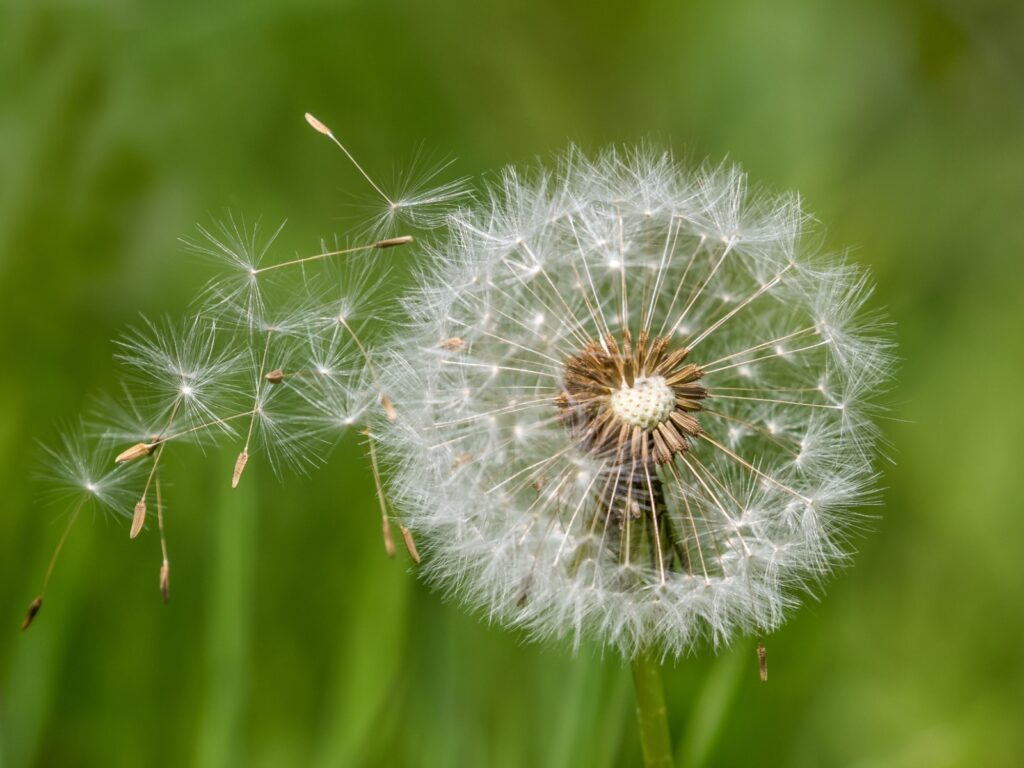
Plants communicate across generations through their seeds. They package information in seeds about the environment they grew in, which can help the next generation adapt. Some plants even time their seed release based on environmental cues, coordinating with other plants of the same species for better survival chances.
Pollen Signals
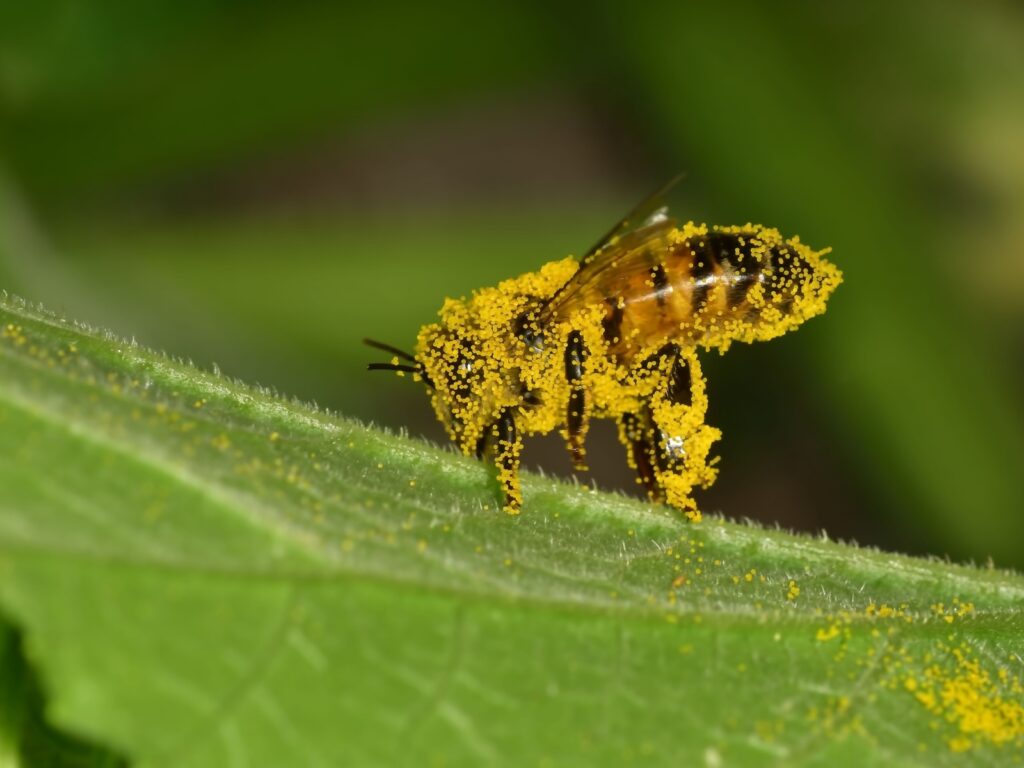
Pollen isn’t just for reproduction. It can also carry chemical signals between plants. When pollen lands on a plant, even if it’s not the right species for pollination, it can still trigger responses in the receiving plant. This might help plants prepare for changes in their environment or competition from other species.
Water-Borne Messages
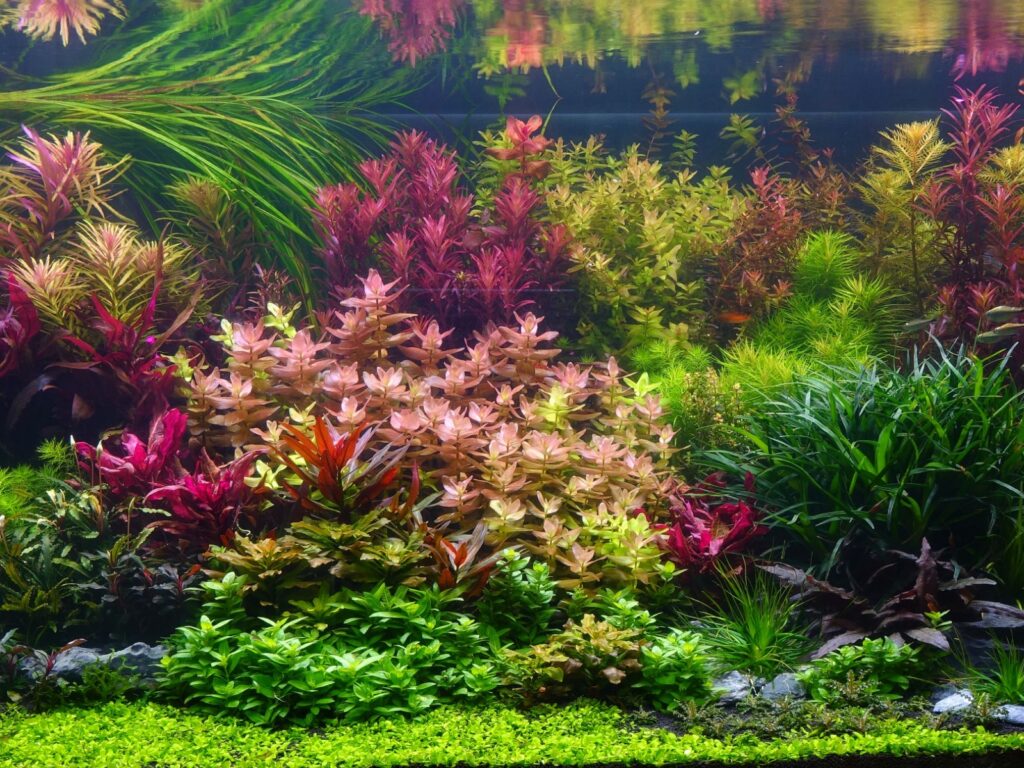
Aquatic plants can communicate through chemicals released into the water. These signals can travel with water currents, warning distant plants about predators or environmental changes. Some water plants use this to coordinate their growth or flowering times with others of their species.
Symbiotic Partnershipsc
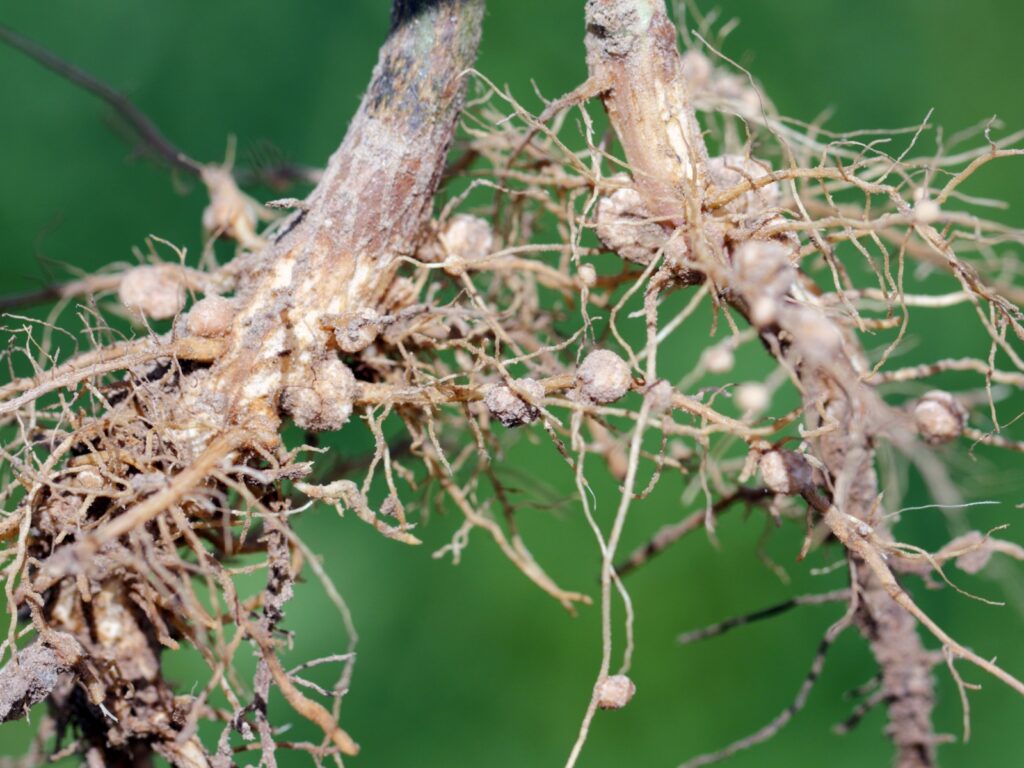
Many plants form close partnerships with other organisms, like bacteria or fungi. These partnerships create unique communication channels. For example, legumes “talk” to nitrogen-fixing bacteria in their roots, coordinating their activities. This teamwork helps both the plant and its partners thrive in challenging environments.
Becky is a fervent wildlife enthusiast and pet care expert with a diploma in canine nutrition. Her love for animals stretches beyond the domestic, embracing the wild tapestry of global fauna. With over a decade of experience in animal welfare, Becky lends her expertise to OutlandishOwl through insightful articles, captivating wildlife information, and invaluable guidance on pet nutrition. Her work embodies a deep commitment to understanding the intricate lives of animals and a passion for educating others on sustaining natural habitats. Becky's hands-on conservation efforts and her knack for translating complex dietary science into practical pet feeding tips make her an indispensable voice for creatures great and small.




